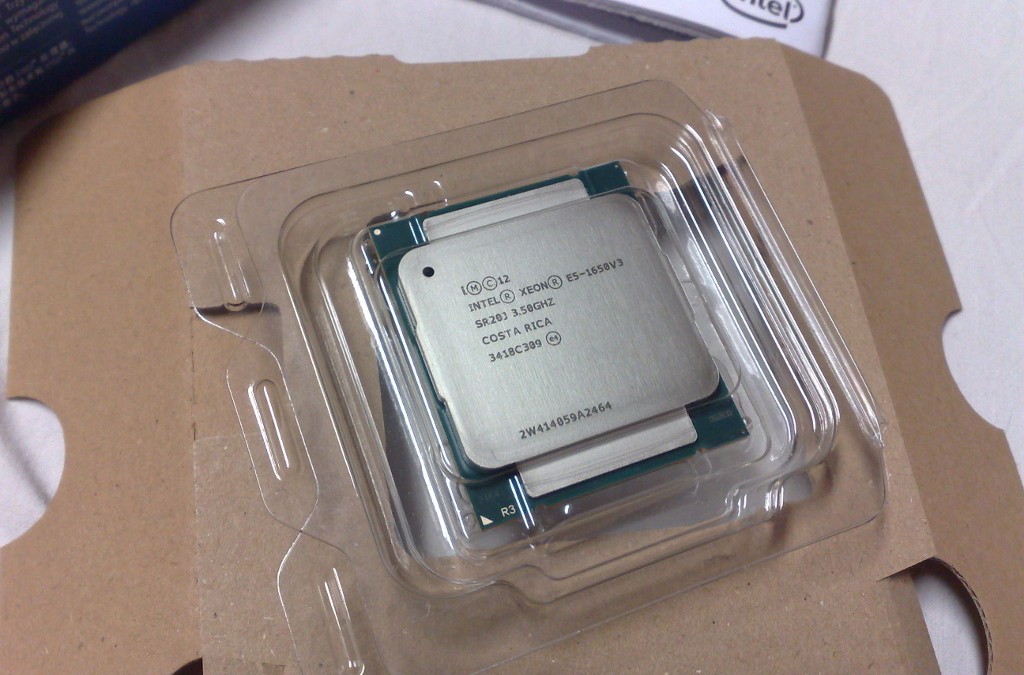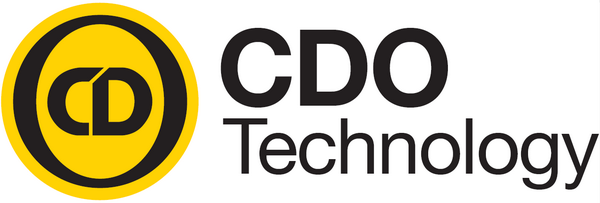
Intel Releases New CPUS: Is It Too Early to Get Excited?
The one constant in the world of technology and computers is change. No matter how innovative a product is, there always comes a time for updates. So naturally, when Intel initially announced its plans to update its i7 and Xeon CPUs, the news was met with interest. Now that both CPUs are finally out, the market finally gets to give a verdict.
What specifically has changed? Is the buzz around the new CPUs a bunch of hype and nothing more?
If you want to know more about Intel’s latest iteration of its i7 and Xeon line, then you’ve come to the right place.
The Basics
i7
As has been touched upon, the big pull for Intel’s i7 is its long and storied reputation as an unbelievably fast consumer model. Heralded for its developments in memory access and the ease with which it accommodates graphics cards, the i7 has been enthralling enthusiasts and professionals for years.
Xeon
The Xeon is a larger core that’s designed with IT professionals and businesses in mind. Noted for its high-end performance, steady innovation, and unique designs, this workstation CPU has addressed many a company’s tech-related concerns.
Notable Changes
Xeon
Released in connection with Haswell-EP rather than Ivy Bridge, the latest Xeon CPUs are actually a family of three chips with 8, 12, and 18 cores respectively. The new releases transmit more information, greater efficiency via its volt management, and overall speed compared to its predecessors.
i7
Also released via Haswell-EP, the newest version of the i7 is actually Intel’s first 8-core offering to the consumer market for those who opt for the higher-end version. Additional changes include the use of a new chipset, a whole new CPU socket, and DDR4 memory.
For Better or For Worse?
Of course, history is riddled with new releases that turned out to be substantially worse than their predecessors. Do the Xeon and i7 fall under this category? Here’s a closer look at some of the biggest key changes.
DDR4 Memory
In the i7, the DDR4 replaced the DDR3 of the previous editions. For pc users, DDR3 memory currently takes up massive amounts of space and power on a PC. DDR4 is a recent development but it’s already proven itself as a more efficient way to handle memory.
8-Core and 18-Core
Although the addition of extra cores increases power, that power comes at a price. In this case, the cost is a reduced turbo frequency. While the i7 and the Xeon are still lightning fast even with the extra cores, reviewers have noticed a sight trade-off.
LGA 2011
The ability to upgrade is a crucial factor in determining the shelf life of technology. Intel’s decision to make both the i7 and the Xeon compatible with LGA 2011 (aka Socket R) bodes well for those who may wish to combine CPUs in the future.
These days, companies and consumers want more flexibility, more power, and better performance from their computers. Through the recent release of the I7 and Xeon CPUs, Intel has shown that it’s up to the challenge. With the integration of new technology and a new socket, the company is also clearly planning for the future.
